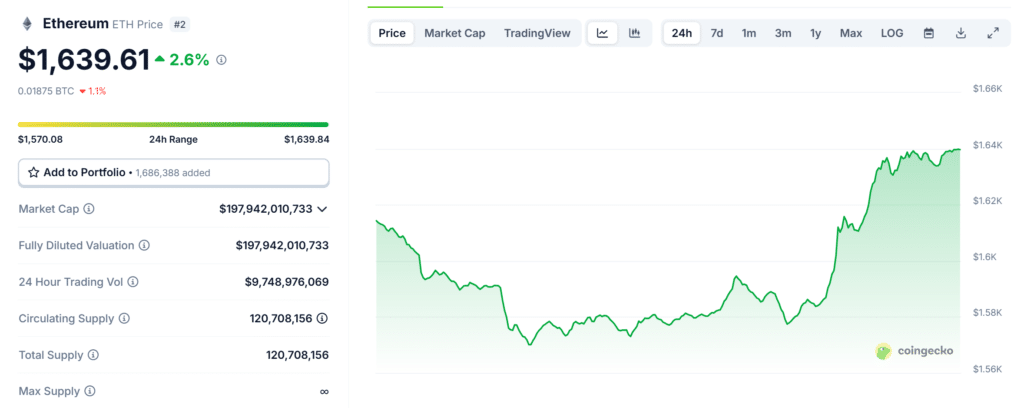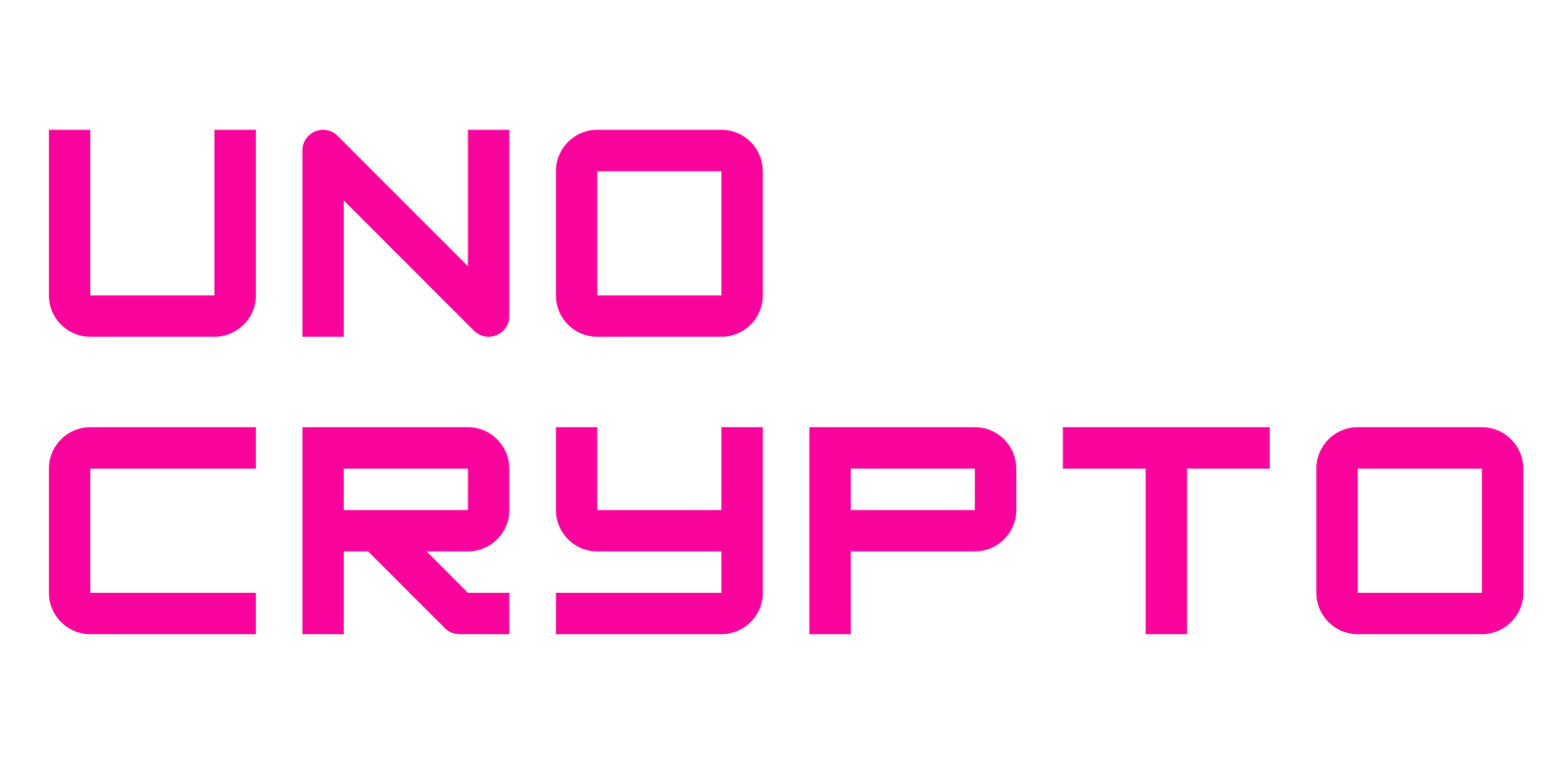In a significant leadership shift, the Ethereum Foundation has announced structural changes aimed at freeing co-founder Vitalik Buterin from daily operational duties, allowing him to concentrate on research and long-term innovation.
Tomasz K. Stańczak, the newly appointed co-executive director of the Foundation, shared the news on the X platform.
He emphasized that Vitalik’s reduced role in coordination and crisis management is intended to unleash his full potential as a visionary and technical researcher.
The move underscores the Foundation’s confidence in Buterin’s ability to spearhead the next phase of Ethereum’s evolution, particularly in the areas of execution efficiency, privacy, and advanced cryptographic solutions.
Strategic Shift Towards L1 Expansion, L2 Support, and UX Improvements
Stańczak further elaborated that the Foundation is realigning its research and development efforts with an intensified focus on Ethereum’s Layer 1 (L1) expansion, stronger Layer 2 (L2) ecosystem support, and improved user experience (UX).
These efforts include protocol upgrades such as Pectra, Fusaka, and Glamsterdam, each targeting key bottlenecks in Ethereum’s performance and usability.
The aim is to deliver scalable, user-friendly solutions in the near term while laying the groundwork for more complex innovations in the longer term.
The dual-track strategy is expected to improve protocol resilience and accessibility, which will be vital in Ethereum’s global adoption journey.
Also Read: Truemarkets, Endorsed By Vitalik Buterin, Launches AI-Powered Prediction Markets On Ethereum & Base
Vitalik Buterin Proposes RISC-V to Replace EVM for Greater Scalability
One of the most transformative ideas emerging from Buterin’s renewed research focus is his proposal to replace the Ethereum Virtual Machine (EVM) with RISC-V, a modern, open-source instruction set architecture.
Shared via the Ethereum Magicians forum on April 20, Buterin argued that RISC-V could make Ethereum’s execution layer significantly more efficient, potentially boosting zero-knowledge proof performance by up to 100 times.
Importantly, he stated that this approach would still maintain two-way compatibility with existing EVM smart contracts.
The proposal is part of a broader plan to address Ethereum’s scalability challenges, such as limitations in data availability, block competitiveness, and the computational demands of ZK-EVM proofs.
Community Engagement and Research Autonomy Take Center Stage
The Ethereum Foundation stressed that Vitalik’s proposals, and those of other researchers, are exploratory and require thorough community discussion, peer review, and potential revision or rejection.
Tomasz Stańczak emphasized that the research culture at the Foundation encourages open-ended inquiry and welcomes unconventional ideas from other leading voices in the space, including Justin Drake and Dankrad Feist.
The goal is to foster an environment where bold, experimental concepts can be surfaced without fear, knowing that community feedback will shape their viability.
The Foundation is also working on condensing long-term initiatives, originally expected to take three to five years, into faster development cycles through advanced research and strategic planning.
Ethereum’s Price and Market Activity Reflect Growing Confidence
While these internal changes have not yet led to explosive market reactions, Ethereum’s steady growth indicates mounting confidence.
As of now, ETH is trading at $1,638.95, with a 24-hour volume of approximately $9.75 billion.

The price has seen a modest 1.60% increase over the past day and 0.14% over the week, and the current market capitalization stands at nearly $198 billion.
With 120 million ETH in circulation, Ethereum continues to hold its position as the leading smart contract platform.
The Foundation’s structural evolution, combined with Vitalik’s research initiatives, could be the spark that drives Ethereum into its next era of technological and economic significance.
Also Read: Vitalik Butetin Invests In New Project To Enhance Ethereum Called Etherealize, Details Inside


